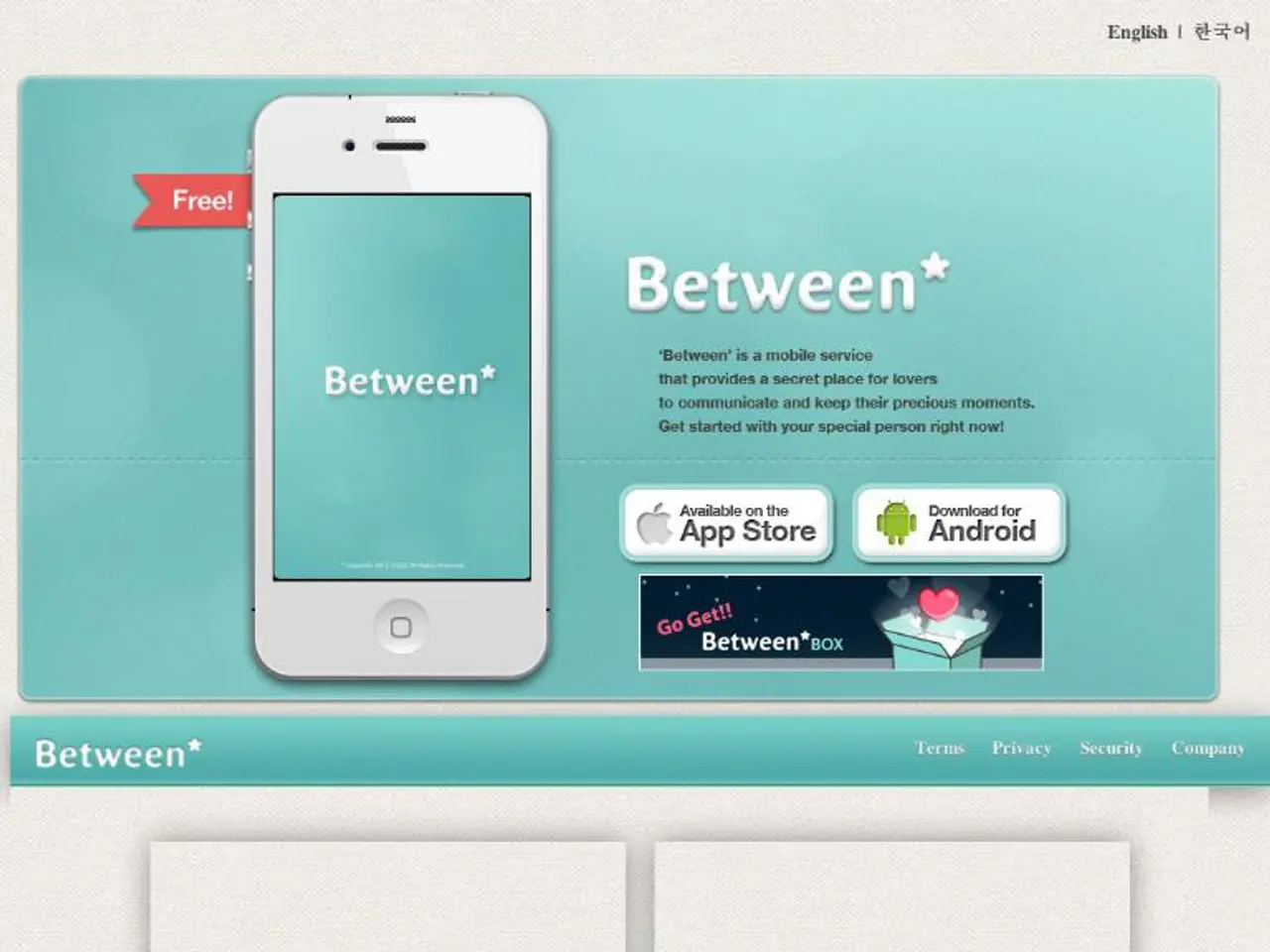Enhancing Productivity and Improving Customer Contentment through Asynchronous Assistance
In today's fast-paced digital world, businesses are constantly seeking ways to optimise their customer service offerings. One such innovation is the implementation of asynchronous support in outsourced live chat services. This approach, where customer inquiries are handled without both the customer and the agent needing to be online simultaneously, offers several key benefits.
### Key Improvements
Efficiency is at the heart of asynchronous support. By allowing outsourced agents to respond when most effective, even if the customer is in a different time zone or not immediately available, quicker and more accurate responses are achieved. This reduces the likelihood of missed or rushed interactions, enhancing overall team efficiency.
Customers also benefit from the convenience of receiving answers at their own pace, without having to wait in a queue for a live agent. This approach minimises frustration from long hold times and provides greater clarity in communication, as responses can be more thoroughly composed and researched.
Asynchronous support is particularly beneficial for handling complex queries. Some customer issues require research, consultation, or escalation. Asynchronous channels allow agents to gather the necessary information, consult with internal teams, and deliver well-considered responses, which is especially useful for out-of-hours or global support operations.
When integrated with a help desk or ticketing system, asynchronous support (like email) and live chat together close support gaps and ensure no customer query goes unanswered. This omnichannel approach simplifies workflows for agents and provides customers with consistent, contextual support, regardless of how they reach out.
Lastly, by distributing the workload across time, asynchronous support can reduce agent burnout, as the pressure of real-time multitasking is lessened. This can lead to higher-quality interactions and lower staff turnover.
### Implementation Considerations
To maximise these benefits, businesses should set clear expectations, use integrated platforms, and monitor key metrics. Defining response time SLAs, communication standards, and the types of queries suitable for asynchronous handling helps outsourced agents align with business goals. Leveraging tools that combine live chat, help desk, and ticketing ensures seamless information flow between synchronous and asynchronous channels, reducing repetition and improving the customer experience. Tracking average response time, resolution rates, and customer satisfaction helps continuously improve quality and identify areas needing attention.
### Asynchronous vs. Synchronous Support: A Comparison
| Feature | Asynchronous Support | Synchronous (Live Chat) Support | |--------------------------|-------------------------------|-----------------------------------| | Response Time | Flexible, can be fast | Immediate, real-time | | Customer Convenience | High (respond at own pace) | Moderate (requires waiting) | | Agent Flexibility | High (manage across shifts) | Moderate (must be online) | | Complex Query Handling | Strong (time for research) | Limited (must resolve quickly) | | Time Zone Coverage | Excellent | Challenging (requires staffing) |
### Conclusion
Asynchronous support complements outsourced live chat services by improving efficiency, boosting satisfaction, and enabling high-quality, around-the-clock customer service—especially for businesses with global customers or complex support needs. By strategically integrating both synchronous and asynchronous channels, organisations can deliver responsive, reliable, and seamless customer experiences. This multichannel approach streamlines operations, enhances customer satisfaction, and empowers customers with self-service options, all while reducing operational costs and improving agent well-being.
Finance plays a crucial role in implementing asynchronous support, as it allows businesses to budget and invest in technologies that improve customer service, such as outsourced live chat services.
Implementing technology like asynchronous support in business processes can lead to improved efficiency, Customer satisfaction, and reduced staff turnover, ultimately resulting in cost savings over time in the finance department.




